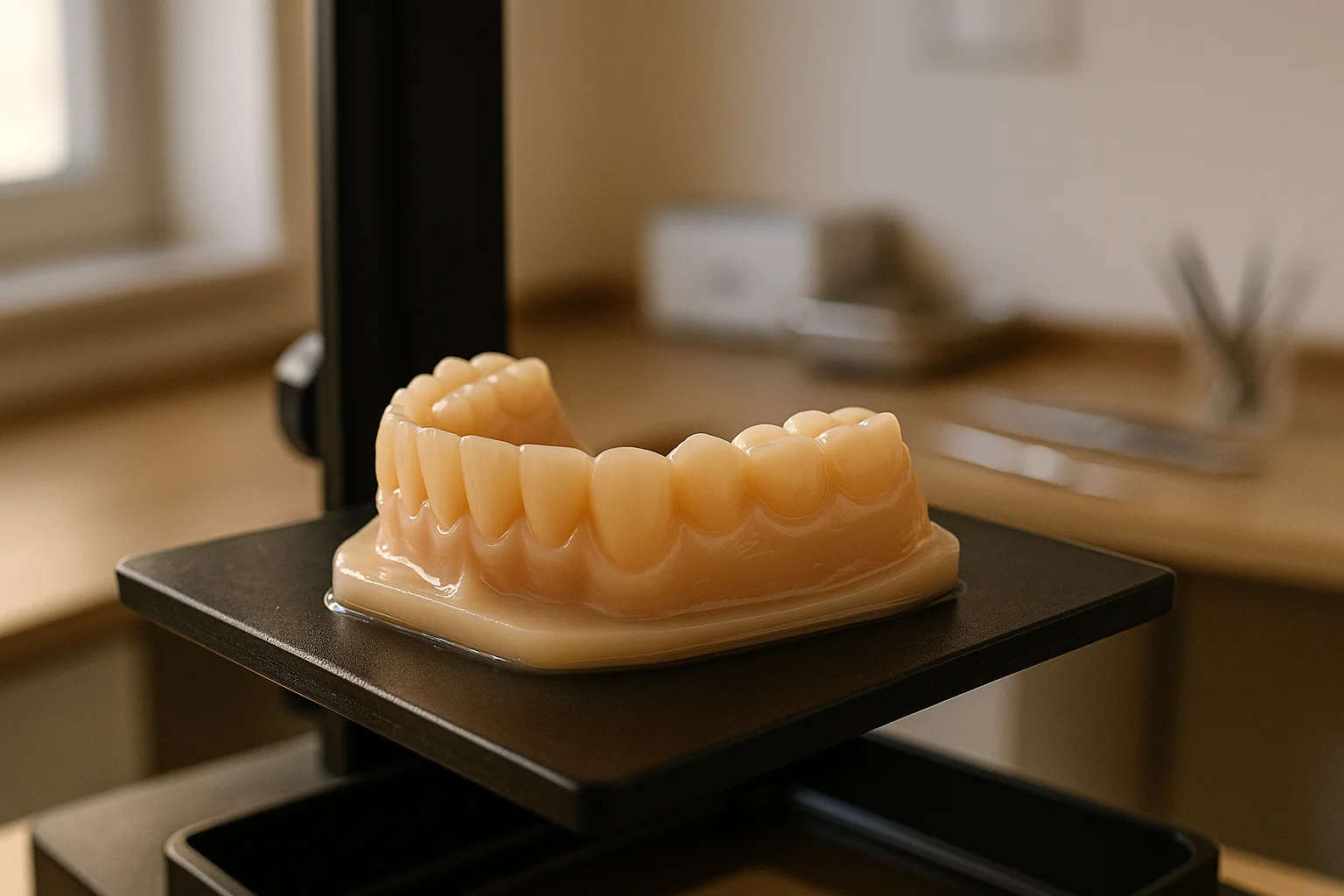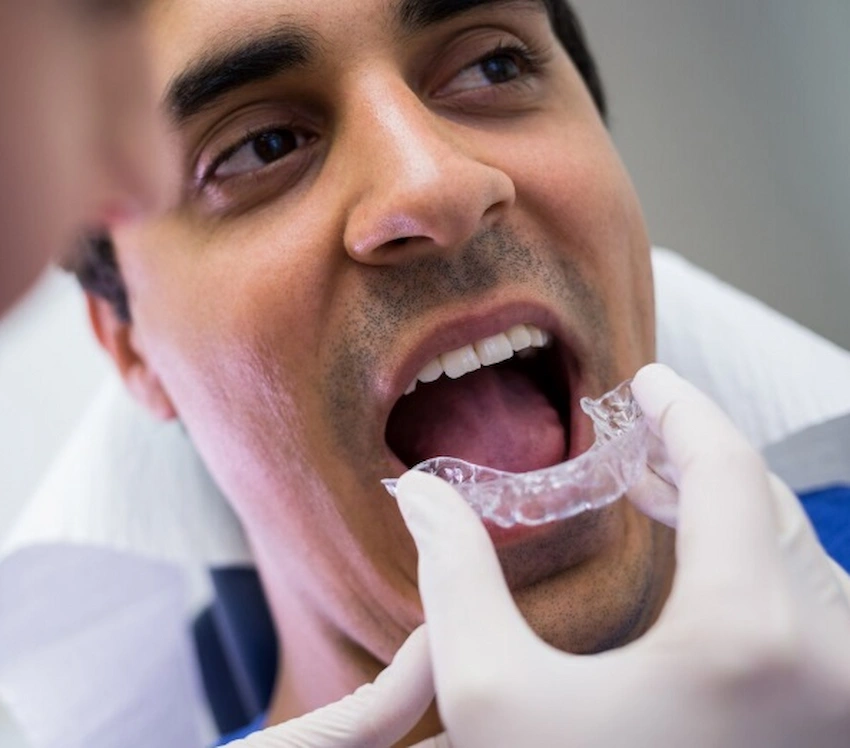The Hidden Costs of Skipping Flossing
Flossing is an easy thing to consider as only “extra credit” in oral hygiene–something which your dentist would require you to do, but if you brush thoroughly, you may skip it. But the fact is: brushing is just cleaning the middle part of a car windshield; all the dirt stuck on the sides is quite visible. Those “edges” in your mouth are the narrow spaces between your teeth, and these are the areas where bacteria love to bring in their largest number of guests.
Not flossing means you are practically providing a reward of plaque, tartar, and gum problems, which will settle in the neighborhoods. Similar to how a small leak in the roof can destroy the whole house, the skipping of flossing can lead to huge problems that cannot be seen for a long time. What is the truth? Flossing is the secret champion of a healthy “Hollywood Smile“, and if you forget it, it will cost you quite a lot without realizing it.
Why Flossing Matters for Your Teeth and Gums
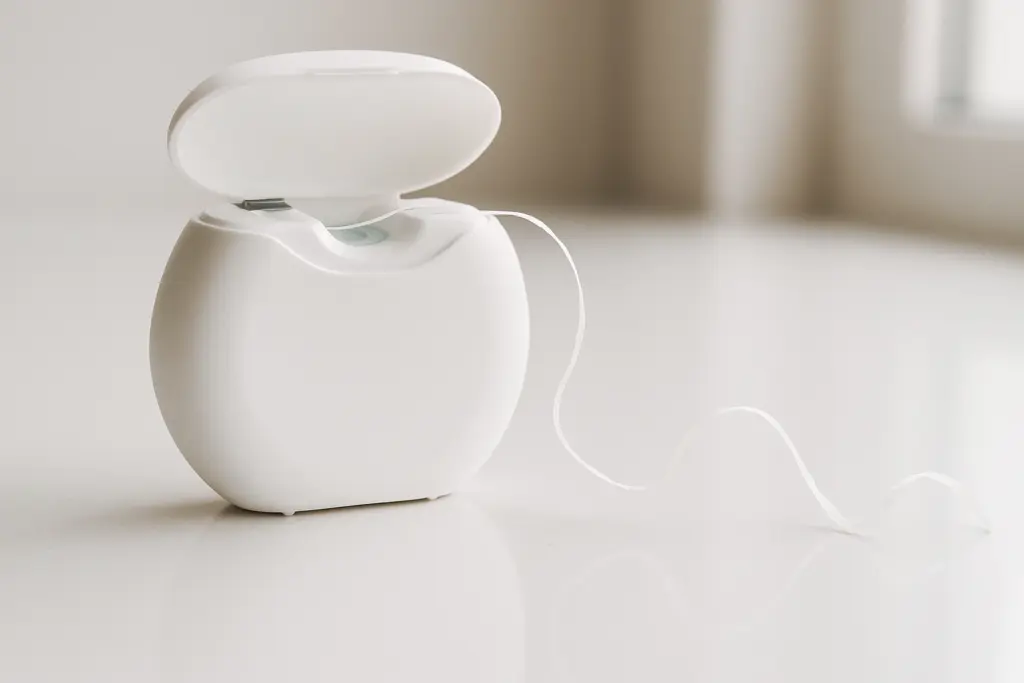
The toothbrush that you hold in your hand is good at cleaning the outside of the teeth, which can be seen, but even the best brush cannot go in between the teeth, where the “hidden places” are. Only by flossing can one pull out the food that got stuck in the tight gaps in between the teeth and the sticky plaque that has formed there. Without it, bacteria will increase, eventually leading to the production of acids that will lower your enamel and make your gums irritated.
Healthy gums are similar to the roots of a strong tree—they carry the load of everything. Not flossing is like letting the weeds grow around the tree until they choke it. Neglected gums over time can bleed, recede, and form pockets that allow the development of infections. Flossing is the daily defense against the enemy that you cannot see.
The Link Between Skipping Floss and Gum Disease
Periodontal disease, pain isn’t the first symptom; however, it causes damage silently. This is the main reason why most people don’t pay any attention to it unless it is in the advanced stage. When you do not floss, plaque is allowed to accumulate between your teeth without any interruption. Within a day or two, plaque becomes tartar, which is a deposit, similar to rocks, that toothbrush bristles cannot reach.
Along with tartar accumulation at the base of the gums, it agitates and inflames the gums, which is the initial stage of gingivitis. In case of non-treatment, gingivitis may develop into periodontitis, where there are spaces between the teeth and the gums, and these pockets might be full of bacteria. At this point, the alveolar bone can be destroyed, thus leading to tooth loss. Besides, advanced gum disease is not only terrible for your teeth—it is also found to be associated with stroke, diabetes, and several other disorders.
How Plaque and Tartar Build-Up Causes Damage
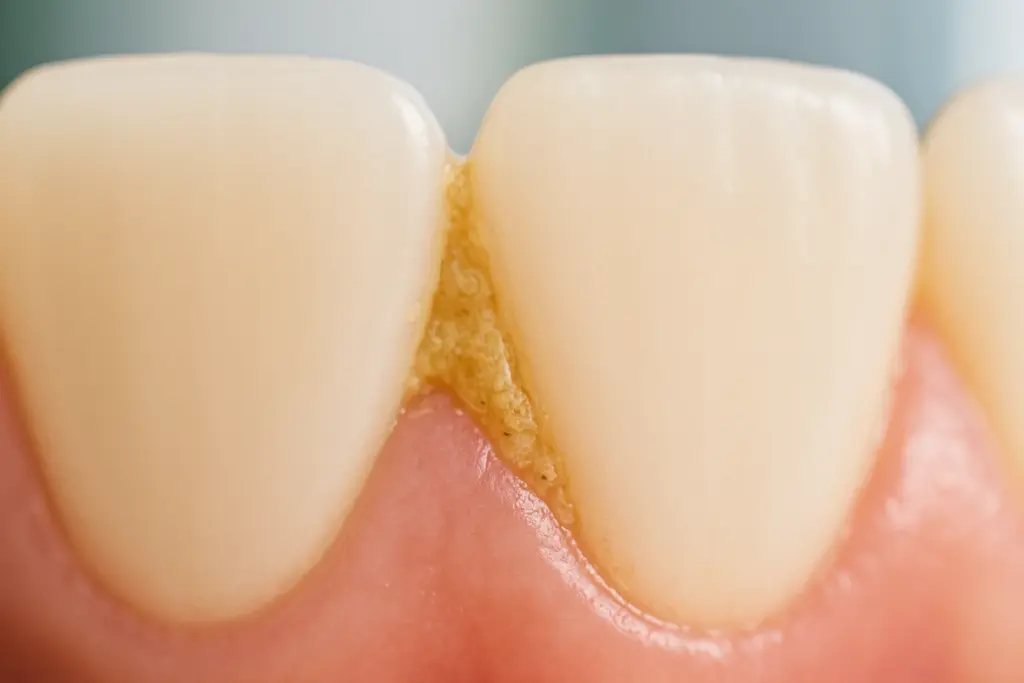
Plaque is a bacteria-based film that loves to consume carbs and sugars. The bacteria reproduce and emit acids, which erode the enamel of the tooth when you eat. The acid erosion, depending on which may lead to the formation of dental caries.
If the plaque is converted into tartar, the situation is aggravated considerably. The surface of tartar is porous, rough, and ideal for the attachment of more bacteria. The tartar layer causes your teeth to get a yellow or brown shade, and even the whitening treatments cannot completely solve the problem of color until the tartar is removed. In other words, plaque and tartar are not only problems of tooth appearance but also the etiological agents of dental issues.
Long-Term Effects on Overall Oral Health
Evening flossing for long years or months not only gives you bad breath and stained teeth, but it also changes the entire oral health ecosystem of your mouth. Besides that, bacteria develop in the closed spaces in your mouth that penetration, scratching,” cleaning, …etc, doesn’t reach and, therefore, cavities appear regularly. There are also some other problems that bacteria in your mouth can lead to. These problems include irritations in the oral mucosa over a long period of time and decay of teeth until tooth loss.
On top of that, scientists have come up with solid evidence of connections between gum disease and general health disorders. The bacteria that cause infections in your gums can also travel through your blood, contributing to heart diseases, lung problems, and pregnancy difficulties. Indeed, not brushing your teeth today might make you sick with something else tomorrow.
How to Make Flossing a Regular Habit
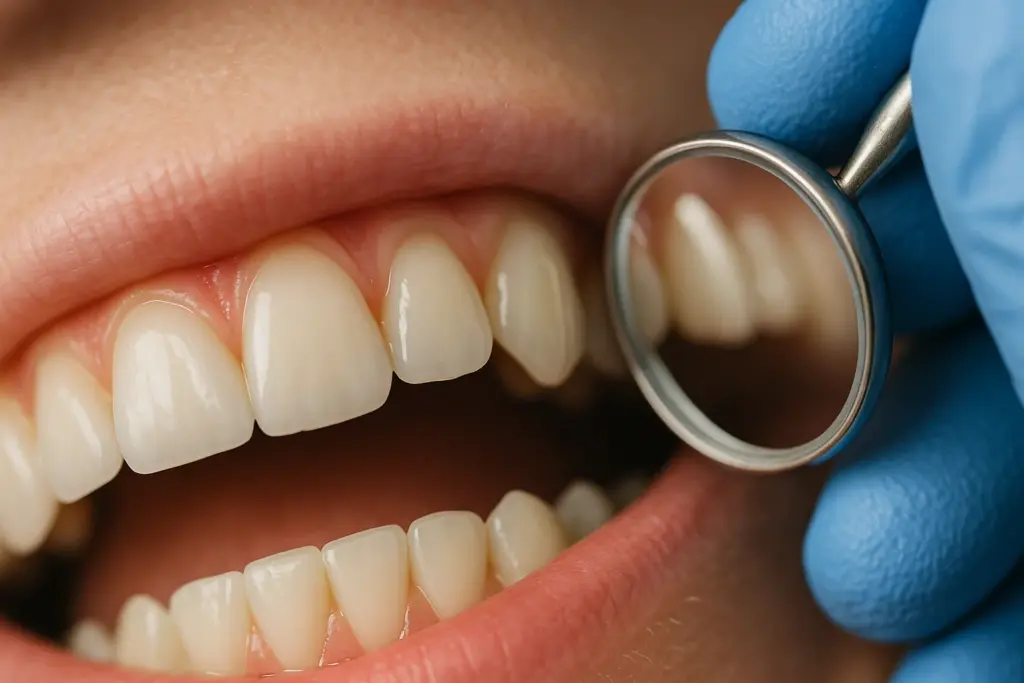
One should change one’s thinking if one is faced with flossing as a monotonous task only, but this easy task can grow into a regular habit. Flossing can be made a part of one’s day or night routine; for example, pairing it with nightly brushing can be more convenient and satisfying. You should put floss or floss picks on your bathroom counter so that they are always in your line of sight. This way, you won’t forget them, and the old saying ‘out of sight, out of mind’ won’t work here.
Another thing to try is to go small only. Start by flossing thoroughly just a few teeth, after which you can progress to flossing your whole mouth. The fact is that you will come to this habit when it is really hard to stop, after you start noticing how fresh your mouth feels. One thing you have to remember: habits become permanent if they are brief, easy, and give a feeling of satisfaction.
Correct Ways, Tools, and Methods to Floss
Some people may find traditional floss string hard to deal with, and that’s perfectly fine. However, if it forces you to feel uncomfortable, simply use other resources such as floss picks, which are less tricky to hold, or water flossers, which clean food debris and plaque with a small water jet. Moreover, interdental brushes can also be a proper option not only for those individuals who have big spaces between their teeth but also for those with braces.
In case you use traditional string floss, a gentle touch but with sufficient coverage is a must. Move the floss to the space between the teeth, wrap it around the tooth in a C-shaped curve, and move it along each side of the tooth in up and down motions. Merely inserting the floss and removing it will only cause a little plaque to be left, and your gums can get hurt.
FAQ
Plaque and bacteria will thrive between your teeth, leading to gum disease, bad breath, and cavities in hard-to-reach areas. Over time, tartar will form, which only a dentist can remove.
Absolutely. Plaque between teeth irritates the gums, causing gingivitis that can progress into advanced periodontitis if left untreated.
Once a day is ideal. Consistent daily flossing prevents plaque build-up and keeps gums healthy.
Not by itself. Flossing works best with regular brushing, fluoride toothpaste, and professional check-ups.
Yes—floss picks, interdental brushes, and water flossers can all effectively clean between teeth, depending on your needs and preferences.

